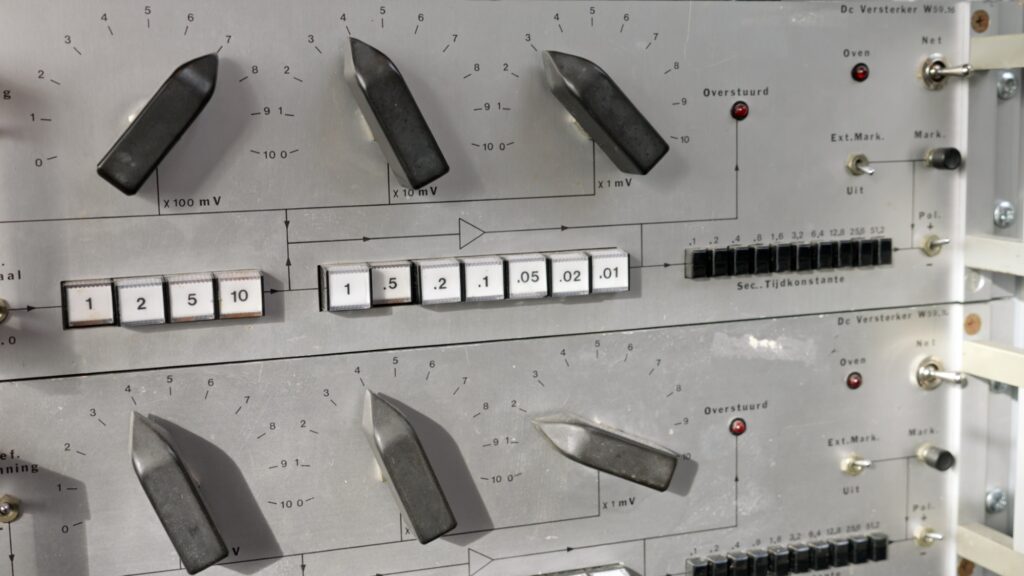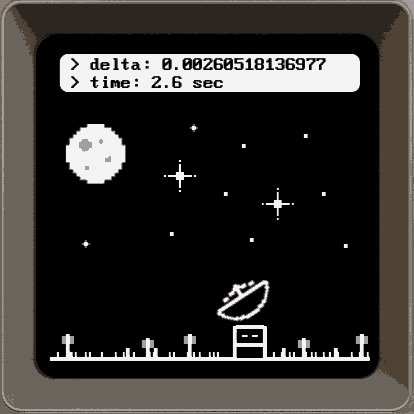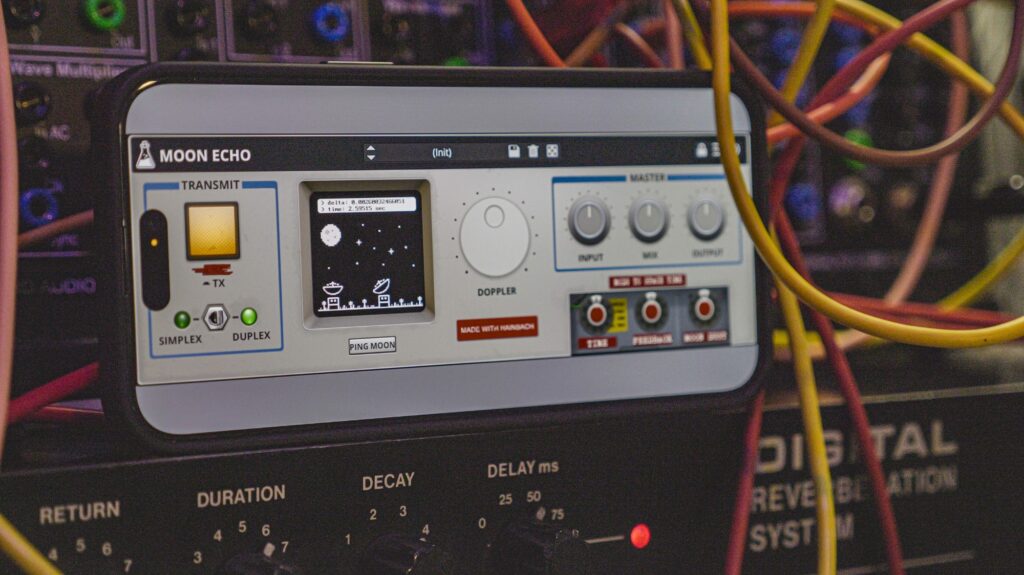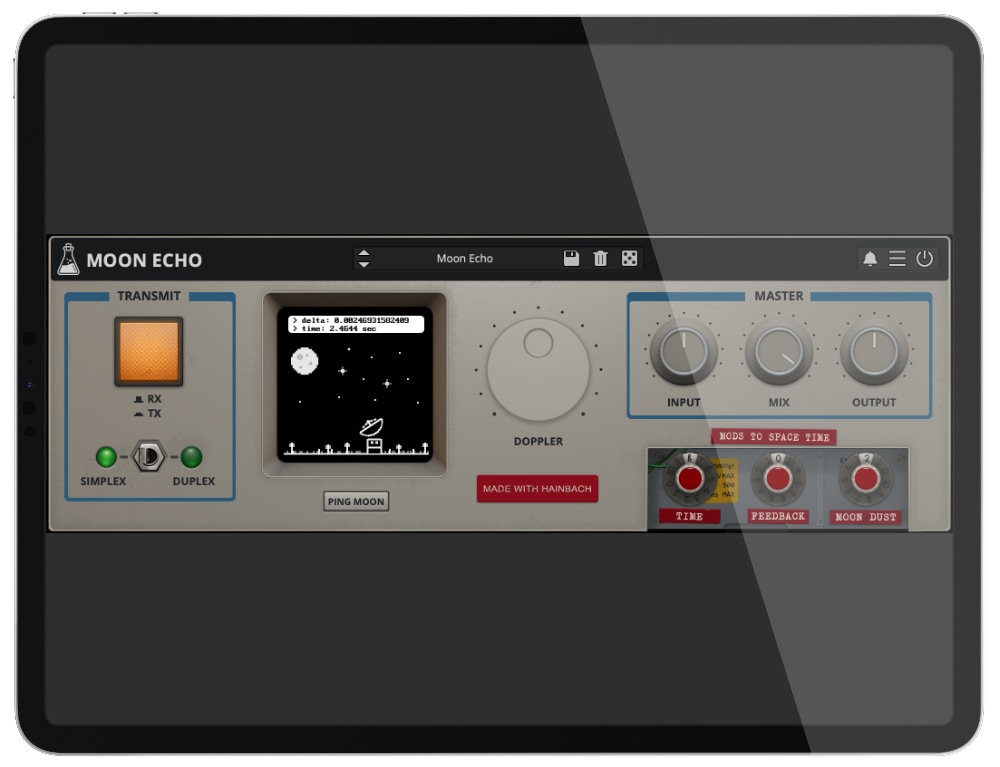Moon Echo
Moon Bounce Simulator

Frequency Shifted Delay Line
Explore the dark side of the moon
In our seventh collaboration with Berlin-based musician Hainbach we listen to the stars: Moon Echo is a free to download delay based on a communications technique that uses our closest cosmic neighbor, the moon, as a reflector for radio waves. This results in some rather crunchy and lively echoes, modulated by the movement of Earth and moon. The moon’s surface is an imperfect mirror and creates artifacts, unlike any other echo technique. Moon Echo is both a musical lo-fi effect and a playful tool for teaching about space.
Moon Echo is available for macOS, Windows, and Linux (VST2, VST3, AU, AAX, CLAP).
It’s also available on the App Store for iOS and iPadOS (AUv3 and Standalone).
Grab it for Free!
Please, enter your name and email address to receive your download links.History of Moon Bounce
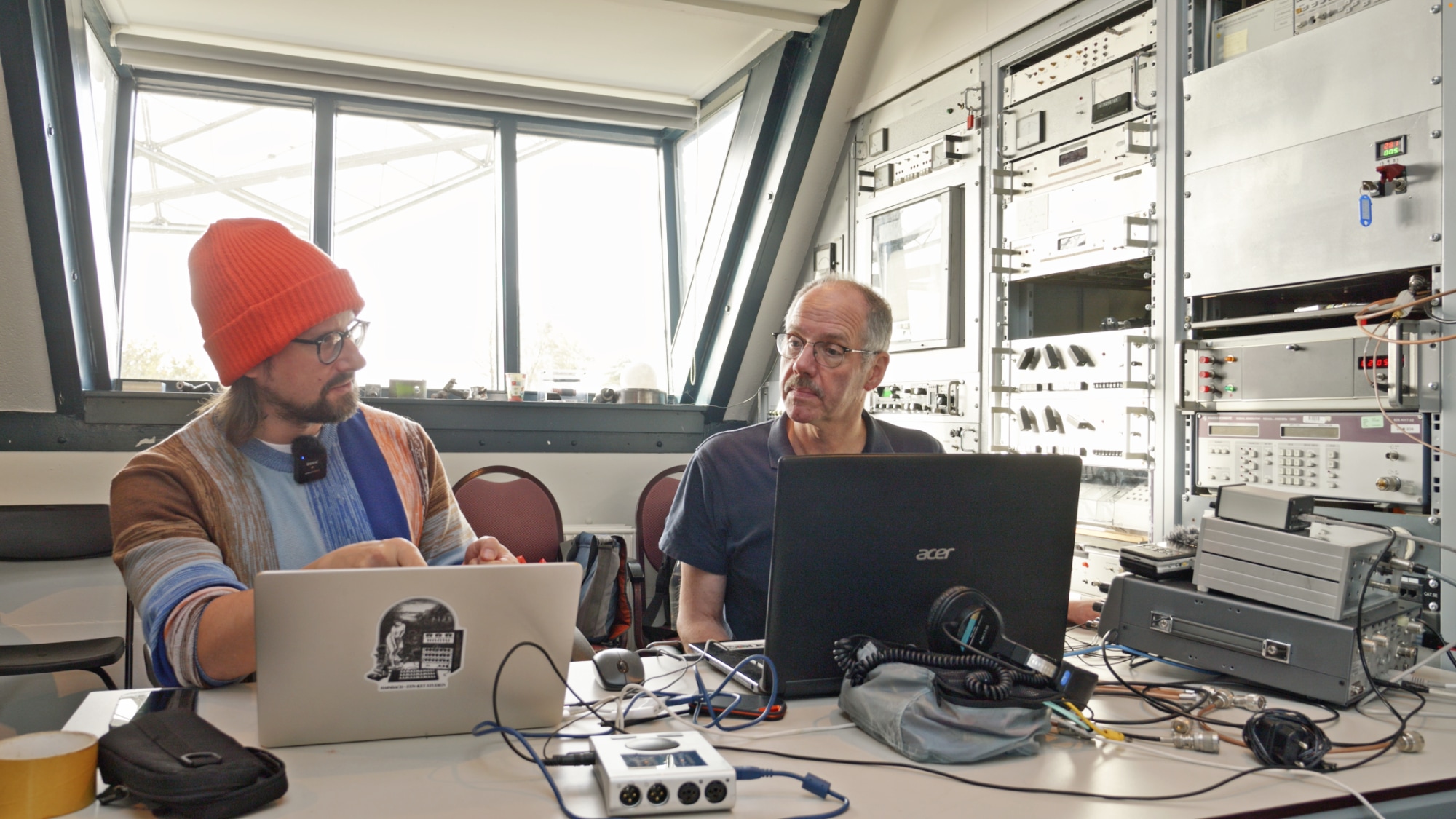
That the moon can be an odd reflection in radio broadcasting was discovered by German radio operators during the Second World War. However, it was only after the war that moon bouncing was developed as a communications technique. First, the US military made use of it, but amateurs caught on quickly in the 1950s. With the advent of satellites, it became obsolete for defense applications, but radio amateurs are still connecting through the moon to this day with each other.
Historic applications in music
Composer Pauline Oliveros (May 30, 1932 – November 24, 2016) is the most notable composer working with the moon in her music. Her composition “Echoes from the Moon”, which she first realized in 1987, saw her duet the moon with a conch shell, tin whistle, and accordion. She expressed regret that the process was either send or receive, so you could not use the moon as a true delay line. With Moon Echo, you can now do just that, albeit simulated.
Making Moon Echo Plugin
With the help of Martine-Nicole Rojina, Hainbach got in contact with CAMRAS in Dwingeloo, who work with a big radio telescope dish. They graciously agreed to let us work with this historic multi-million Euro instrument for a moon bounce, allowing Hainbach to send test signals, voice and human test tones by sopranist Johanna Vargas, and double bassist Paul Cannon, as well as signals from his supporters on Patreon to the moon. Especially the extended techniques used by Cannon and Vargas on their respective instruments tested the transmission limits. This gave us a much more varied set of samples to model Moon Echo on than simple test beeps and sweeps could have done.
Every moon bounce is different, and since our model is only based on one day in one location, we can’t claim it to be accurate. But what it is, is a fun and inspiring look into the musical applications of space research.
Moon Echo in use
Whether you want to simulate space radio communications for a video game or movie, or discover the experimental music techniques pioneered by Pauline Oliveros, learn or teach about space exploration and telecommunications, or you need a special lofi tone for you beat, Moon Echo can be all that.
It sounds bad in a good way, with many interesting modulations happening under the hood. It rewards a closer listen.
On the first try keep the transmit setting on and keep it in Duplex mode. This way you have two dishes active – one that sends and one that receives.
Moon Echo will act as any other musical delay, like Wires or Outer Space. It can be very rewarding to adjust doppler shift while playing with delay time and feedback. It is possible to create endlessly modulating soundscapes that way. If Moon Dust gets a little bit too much, use the Dust Envelope in the dot menu to the top right.
If you switch to simplex mode, you are in the radio transmission mode as Hainbach experienced at Dwingeloo. You have only one dish at your disposal that either sends or receives. If transmit is on you send signals to the moon, and if transmit is off will hear the echo. We did model the sound of the transceiver itself, so your sound will affected even if transmit is off. If you want the accurate distance to the Moon, press “Ping Moon” and the plugin will try to connect to NASA for that data.
Thanks To
Everyone at CAMRAS, Paul Cannon, D.W. Harms, Jan van Muijlwijk, Harm Munk, Martine-Nicole Rojina and Johanna Vargas
Dwingeloo Radio Telescope
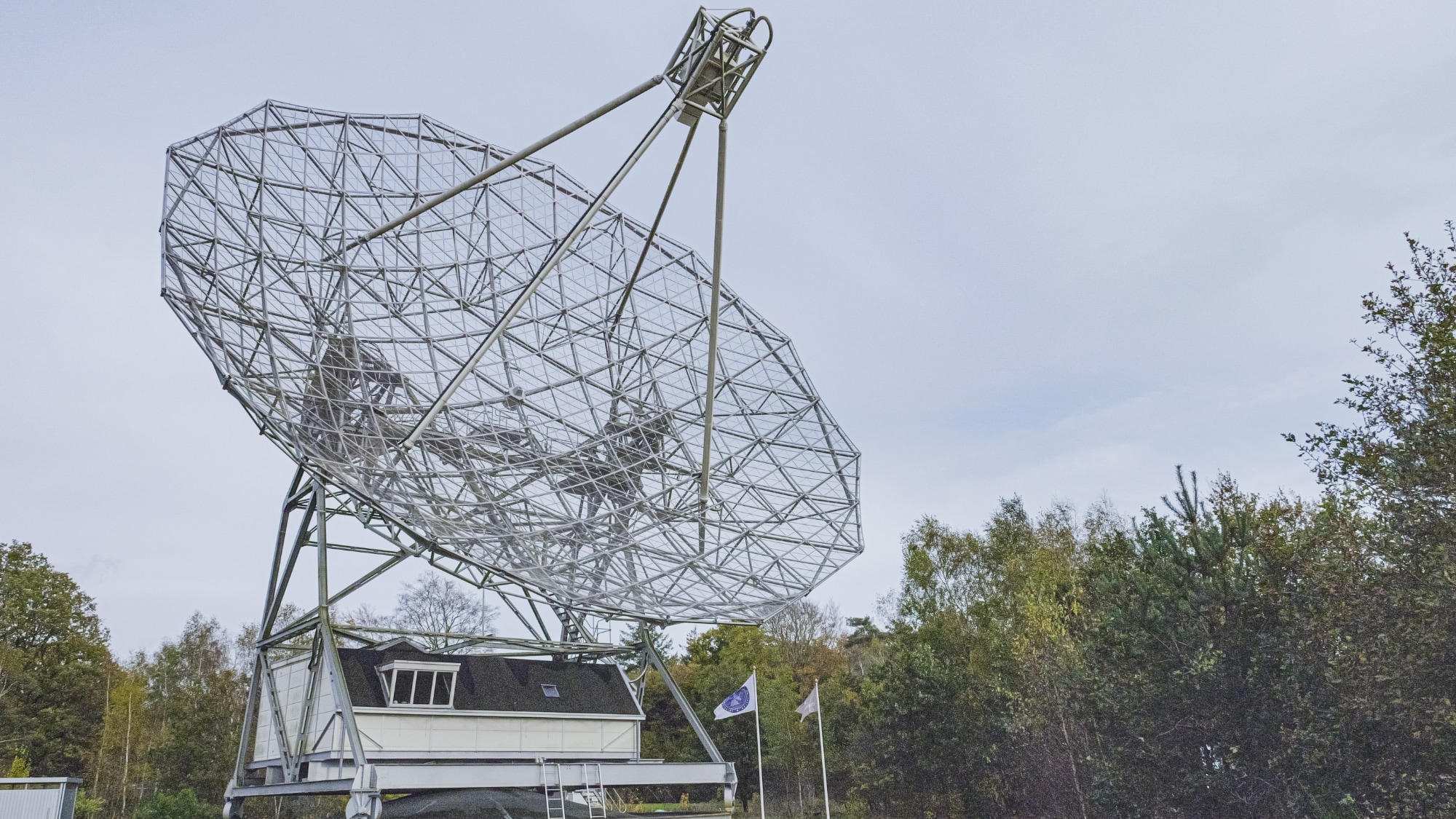
The Dwingeloo Radio Observatory is a single-dish radio telescope located near the village of Dwingeloo in the northeastern Netherlands. Construction began in 1954, and the telescope was completed in 1956. With a diameter of 25 meters, it was the largest radio telescope in the world at the time, until it was surpassed in 1957 by the 76-meter (250-foot) Lovell Telescope.
Although it ceased official operations in 2000, the telescope has been designated a national heritage site (rijksmonument) since August 2009. The dish was removed for restoration in June 2012, and the “C.A. Muller Radio Astronomy Station” foundation (CAMRAS) restored it to working order. The dish was remounted in November 2012.
Both amateur and professional astronomers, as well as radio enthusiasts, use the telescope for various projects. One notable project is Earth–Moon–Earth communication, or moonbounce, where radio signals are transmitted from one location, bounce off the Moon’s surface, and are received by an antenna at a different location on Earth.
The first EME contact with the dish was made on May 9 in 2008. Since that moment almost 4000 EME contacts have been made with this iconic instrument. In 2018 the bi-annual world wide EME conference was organized in the Netherlands and the radio telescope Dwingeloo was of course one of the sites to be visited by the almost 200 attendees of the conference.
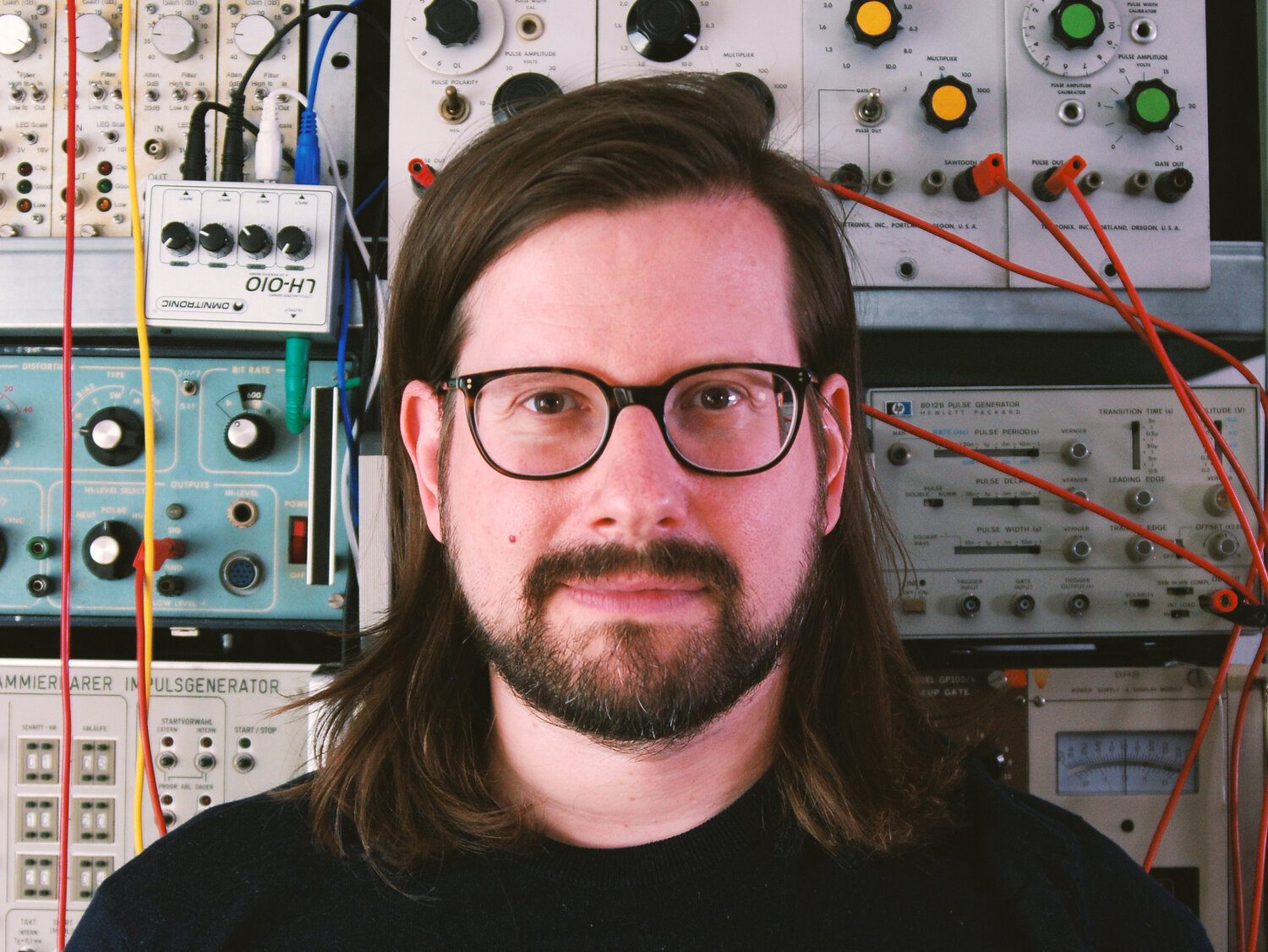
Hainbach
Based out of Berlin, Germany, electro-acoustic composer and “that guy with the sweaters” Hainbach creates experimental music that is both visceral and whimsical. Using esoteric synthesizers, test equipment and magnetic tape he creates one hell of a trip in his improvised live sets. He shares techniques on experimental music on his YouTube channel, which has attracted a regular audience of over 100000 subscribers. His music has been released on Seil Records, Opal Tapes, SA Recordings and misc.works.
Specifications
- Emulation of radio transmitter input and output stage
- Emulation of automatic leveling circuitry
- Emulation of moon bounce phase and frequency shift
- Simplex and duplex transmission modes
- Accurate daily moon distance data via NASA’s Horizons System
- Doppler shift adjustment
- Variable delay time
- Variable “Moon Dust” noise
- Feedback control
- Resizable Window
- Preset system with randomizer
- Brightness and Contrast Controls
System Requirements
Windows 7 – 11
2GHz CPU, 4 GB RAM
VST2, VST3, AAX, CLAP (64-bit)
macOS 10.13 – macOS 13
2GHz CPU, 4 GB RAM
VST2, VST3, AU, AAX, CLAP (64-bit)
Universal 2 Binary
Ubuntu 20.04 LTS
2GHz CPU, 4 GB RAM
VST2, VST3, CLAP (64-bit)
Freeware
Moon Echo is a freeware plugin but you need to create an account to download it.
Free
As in beer
No iLok
We don’t like dongles
No Internet
No connection required to activate
Changelog
2024/07/16: v1.0
- Release!

